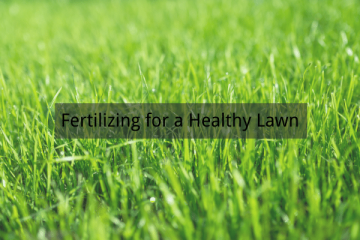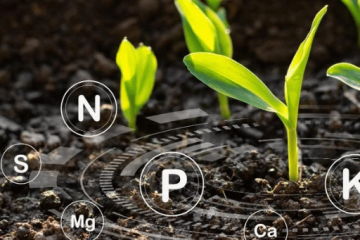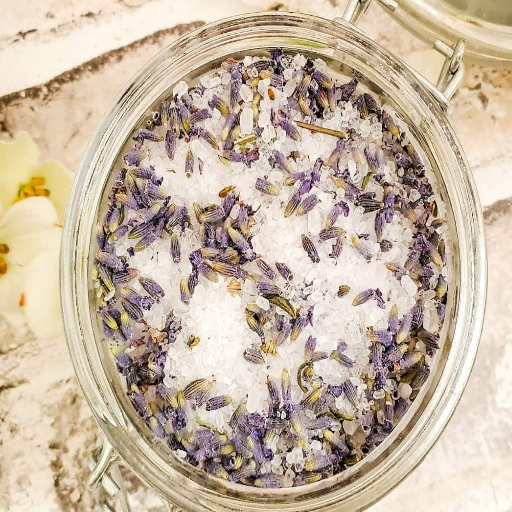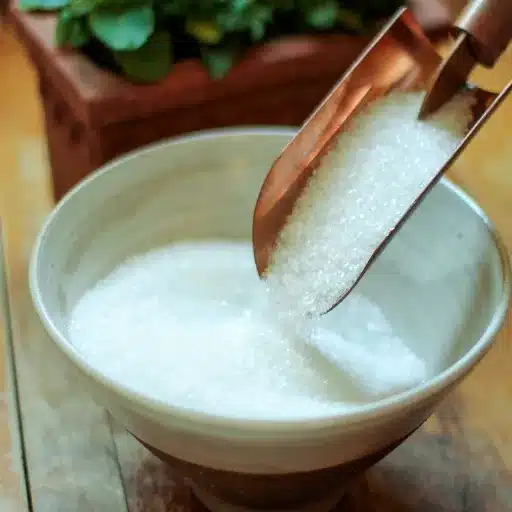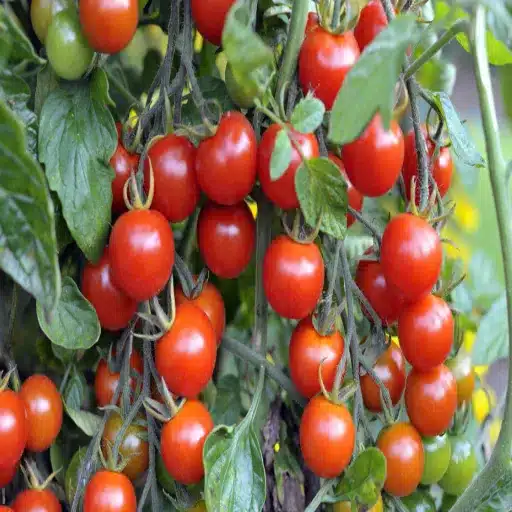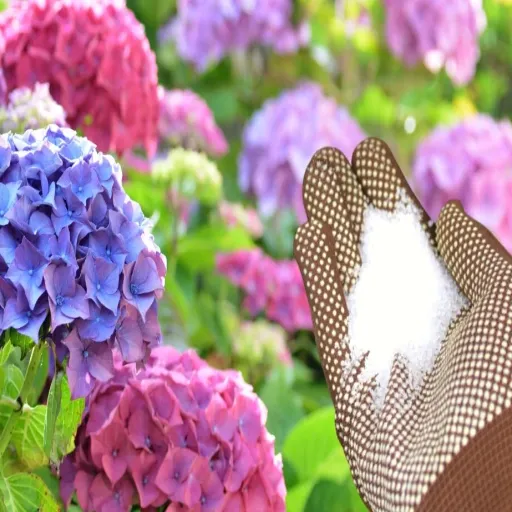Gardening enthusiasts and horticulturists alike often explore natural remedies to enhance plant health and productivity, and one such widely discussed option is Epsom salt. Known chemically as magnesium sulfate, Epsom salt has garnered attention for its potential role in improving soil quality and providing essential nutrients to plants. This article aims to examine the claims surrounding Epsom salt’s effectiveness in gardening, detailing the scientific principles behind its use, potential applications, and any associated risks or limitations. By understanding its impact on plant growth, readers will gain an informed perspective on whether Epsom salt is a beneficial addition to their gardening practices.
Can epsom salt be beneficial for all types of plants?
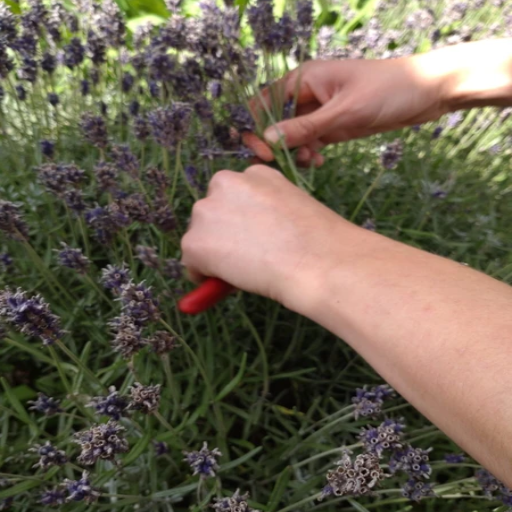
What is epsom salt and how does it work?
Epsom salt, or magnesium sulfate (MgSO₄·7H₂O), is a naturally occurring water-soluble mineral compound that is rich in both magnesium and sulfur. Magnesium and sulfur are fundamental elements for the growth of plants and have important roles to play in various biochemical processes. Chlorophyll, an important part of photosynthesis, contains magnesium, while sulfur assists in the synthesis of amino acids and vitamins. Its water solubility enables easy nutrient absorption by plants through foliar sprays or by being mixed with soil.
- Magnesium Content: Usually gives 9.8% magnesium by weight and thus helps in the formation of chlorophyll and actions of plant enzymes.
- Sulfur Content: Offers about 12.9% of sulfur which aids in plant protein metabolism and synthesis.
- pH Neutral: This can be used by many plants because Epsom Salt is pH neutral and doesnâ€t change the acidity or alkalinity of the soil.
- Solubility: High water solubility (71g/100ml at 20 degrees C) makes it easy to use because nutrients are delivered when salt is dissolved and mixed.
With the aid of EPSOM salts, the health of plants, especially those with high demands for magnesium like tomatoes, peppers, and roses, can be improved in magnesium deficient soils. However, as is with other agricultural practices, optimum soil conditions are a must. This shows the relevance of soil testing before application.
Are there specific plants that benefit from epsom salts for plants?
Undoubtedly, certain plants are enhanced with good results from applying Epsom salts especially those which are notorious for demanding magnesium and sulfur. Magnesium (Mg) is an important element of chlorophyll; a component needed in the process of photosynthesis while sulfur (S) assists in developing amino acids and proteins.
- Tomatoes and Pepper: After flowering and fruting, these plants usually suffer magnesium deficiency which results into yellowing of the leaves (interveinal chlorosis). Its Ratio can be between 1 tablespoon (15 grams approximately) for a gallon of water every two weeks as a root drench or foliar spray.
- Roses: Epsom salts improve foliage health of roses by increasing chlorophyll level and also enhancing flowering. It is widely recommended to make a soil application of 1/2 cup (approximately 120 grams) around base during growing season.
- Cucumbers and other leafy vegetables: These have been reported to perform better under stress conditions with magnesium enhancement. 1 tablespoon per gallon of water is effective in foliar sprays.
- Indoor plants: Magnesium aids in reducing browning tips while enhancing vibrant green foliage. For most houseplants, 2-3 tablespoon (30-45 grams) per gallon of water applied in a month’s time is average.
Nevertheless, before using Epsom salt, conducting a soil test to ascertain any magnesium or sulfur deficiency is imperative. Soil tests show magnesium concentration range of 40-120 ppm is considered optimal for healthy plant growth. If too much is used, it can result in a salt surplus within the soil, which poses the risk of nutrient deficiencies, therefore, close attention is needed.
Does epsom salt harm your plants in any way?
When Epsom salt (magnesium sulfate) is used properly and within the prescribed limits, it is unlikely to cause damage to plants. However, its application in excess amounts can have negative effects, especially from increasing salinity, which may prevent the roots from taking up vital degenerative nutrients. The high salinity may disturb the balance of nutrients in the soil which could lead to either deficiency or toxic imbalance of nutrients.
- Level of Magnesium Concentration: The desirable levels of magnesium in soil are between 40 and 120 ppm. Use of Epsom salt in excess amounts may lead to accumulation of magnesium resulting in soil disorder.
- Application Rates: Rates of 1 to 2 tablespoons per gallon of water are usually the recommended rates to be used once a month in the growing season (or more frequently based on soil analysis of nutrient content).
- Impacts on pH: Epsom salt used routinely has very little direct effect on soil pH subsoil level; rather the limitations imposed on nutrients can be changed by over accumulation of certain substances.
- Drainage and Soil Type: Soils prone to water logging and heavier soils are at a greater risk of accumulating salt which inhibits the nutrients, thereby antagonizing their effect.
To prevent damage, it is important to consider soil test values and plant requirements prior to applying Epsom salt. Following strict periodic soil analysis and limits guarantees the safe application of Epsom salt in horticulture.
How does epsom salt affect soil health?
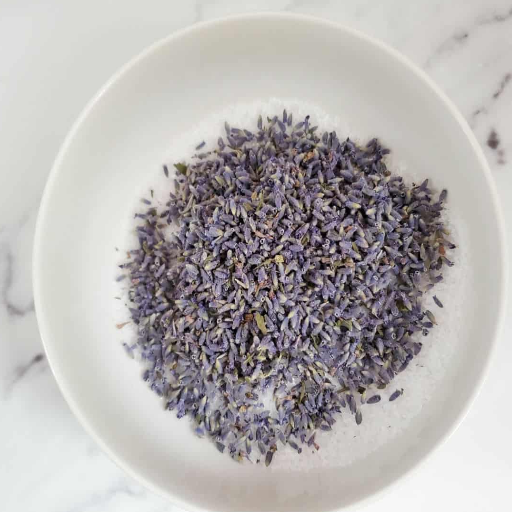
Should you get a soil test before using it?
Yes, a soil test before the use of Epsom salt is necessary for its proper and effective application. A soil test checks for existing magnesium (Mg) and sulfur (S) concentrations, as well as the pH and nutrient content. This is important because while magnesium and sulfur deficiencies can be supplemented via Epsom salt, over-application can produce nutrient imbalances or even toxicity in soils that are already rich in these elements.
- Magnesium Content (ppm or mg/kg): Determine whether magnesium levels are deficient (normally lower than 25-50 ppm in sandy soils) and need to be replenished.
- Sulfur Content: Check the sulfur level to make sure that it is not too high or too low relative to what the crop needs.
- pH Level: Determine if the soil pH allows for nutrient absorption (optimal range is between 5.5 to 7.5 for most crops).
- Cation Exchange Capacity (CEC): Determine the soil nutrient retention properties, as low CEC soils tend to lose a lot of nutrients.
- Sodium Levels: High levels of sodium can lead to additional problematic issues when other salts are added, which can disrupt the structure of the soil.
Testing the soil guarantees that Epsom salt applications are done based on correct information which minimizes the negative impact on the environment while ensuring optimal plant health.
What are the effects of magnesium and sulfur on soil?
Magnesium and sulfur have an underlying significance of enhancing soil health and the effective magnesium and sulfur functional roles are of great importance in soil biology and chemistry.
- Magnesium (Mg): Magnesium plays a central role in the basic structure of the chlorophyll and is needed for photosynthesis. Lack of magnesium may result in chlorosis where the plant leaves turn yellow in the interveinal regions. Normal test results of magnesium in the soil is usually between 25-50 ppm. When magnesium levels are above bounds, however, soil compaction will occur due to adverse effects on soil structure and water movement through the soil.
- Sulfur (S): Sulfur is also important in amino acids, enzymes, proteins, and all forms of plant metabolism. The ideal concentration of sulfur is 10-30 ppm, although it varies with the soil type and requirement of the crop. The growth of plants becomes stunted or pale with the deficiency of sulfur due to poor protein synthesis, while an excess of the nutrient might make the soil overly acidic which will restrict some nutrients’ availability.
Both elements play a crucial role towards maintaining soil productivity and fertility together with other essential nutrients alongside careful monitoring for application rate, or may lead to adverse environmental concern.
Can adding epsom salt improve soil fertility?
Indeed, soil fertility can be enhanced with Epsom salt application, although it is dependent on the soil and plant nutrient requirements. Epsom salt provides magnesium (Mg) and sulfur (S), both of which are critical macronutrients of plant nutrition. Magnesium is involved in the production of chlorophyll and also in photosynthesis, while sulfur is important in protein and enzymatic processes.
- Soil Test Results: Magnesium and sulfur levels can be measured in soil and tissue tests. Epsom salt has value only where soils are deficient in these nutrients. Where soils are already sufficiently supplied with these nutrients, Epsom salt may imbalance nutrient levels.
- Application Rate: Foliar feeding generally recommends 1-2 tablespoons of Epsom salt blended with a gallon of water and a large area broadcasting up to 1 pound of Epsom Salt per 100 square feet. Rates will vary depending on crops and soils.
- Crop Specific Needs: Epsom salt is more efficiently utilized in crops like tomatoes, peppers, and roses as these crops have higher magnesium demands.
- pH Considerations: Since Epsom salt does alter soil pH, it can be used safely in many forms, however caution is advised when used alongside other fertilizers.
Although Epsom salt can be helpful as an amendment in certain cases, its application without conducting a soil test and precise estimation can lead to nutrient misuse, and in some cases, needless ecological destruction.
Is epsom salt effective in preventing blossom end rot?

How does magnesium deficiency contribute to blossom end rot?
Indirectly, Magnesium deficiency leads to blossom end rot. Although blossom end rot has been typically occurs due to calcium deficiency during fruit development, magnesium also affects plant physiology, which means its imbalance can aggravate the disorder. A high Magnesium concentration in the soil exceeds the plant’s ability to use it, and it begins competing with Calcium for root uptake because they have the same ionic charges. This competition reduces Calcium availability which would increase the risk of blossom end rot occurring even in the presence of soil calcium.
- Balance: Excess Magnesium (Mg²⁺) in the soil disrupts the ionic balance of calcium (Ca²⁺) and henceforth its absorption.
- Cation exchange capacity: Magnesium CEC influences exchange processes in high concentrations, and thus reduces the availability of Calcium.
- Root zone pH: Magnesium alters the soil pH, and thus alters the rate at which Calcium dissolves and is absorbed.
Soil tests are essential to ensure magnesium amounts are in the proper balance with calcium and other nutrients. Failure to do so will increase problems like blossom end rot.
How to properly use epsom salt to prevent this issue?
To maximize the benefits of Epsom salt (magnesium sulfate) without compromising calcium absorption, I start with thorough soil testing to determine existing magnesium levels and decide whether to add more. If magnesium supplementation is necessary, I apply Epsom salt not to exceed 1-2 tablespoons per gallon of water, depending on the crop needs and soil conditions. This solution can be applied either as a foliar spray to the leaves or drenched at the root zone, bearing in mind not to exceed these concentrations to mitigate excessive magnesium build-up.
- Magnesium to Calcium Ratio: In order to ensure proper nutrient uptake, maintain a soil Mg²⁺ to Ca²⁺ ratio at about 1:5 to 1:7.
- Application Rate: 20-30 pounds of magnesium per acre yearly is the maximum amount without further justification from soil analysis.
- Soil pH Level: Ensure the pH of the soil falls within the range for the crop (i.e. 6.0-7.0 for most vegetables) for proper nutrient solubility.
- Testing Frequency: Adjust management practices based on yearly soil tests to nutrient levels.
Following these guidelines, I can accurately use Epsom salt without excessively obstructing calcium’s accessibility. This assists in maintaining plant well-being while avoiding decadence related to calcium, specifically blossom end rot.
Can epsom salt enhance the growth of peppers and tomatoes?
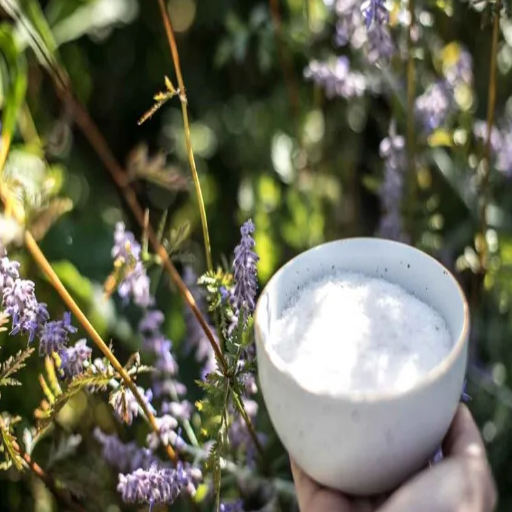
What are the benefits of using epsom salt for peppers and tomatoes?
The principal advantages of Epsom salt in growing peppers and tomatoes stem mainly from its use as a source of magnesium sulfate. Magnesium helps in the formation of chlorophyll and has a direct bearing on photosynthesis and energy production. Moreover, sulfur helps in supporting plant growth and quality by assisting in protein synthesis.
- Improved Chlorophyll Production: Magnesium dramatically enhances the effectiveness of photosynthesis which, in turn, improves the rate of growth and foliage production.
- Magnesium Deficiency Correction: If soil analysis reveals magnesium concentration lower than 50 ppm, small applications of Epsom salt can solve magnesium deficiency problems without creating excessive imbalance in other nutrients.
- Increased Yield and Better Fruit Quality: Sulfur and magnesium together lead to the production of good fruit with deep colors and a delicious taste.
- Epsom Salt as a Supplement for Sandy or Nutrient Deficient Soil: Epsom salt is useful in the improvement of soil having low retention of magnesium or those soils which are generally low in nutrients.
I apply soil test recommendations and crop requirements to avoid over-application or under-application of nutrients, thus, achieving proper conditions for growth development devoid of damaging nutrient imbalances.
How to apply epsom salt for optimal growth?
- Application for Magnesium Deficiency: Epsom salt can be applied to correct magnesium deficiency by dissolving one to two tablespoons of it in a gallon of water. It can either be applied directly to the soil or as a foliar spray, which will ensure better absorption by plants.
- Frequency of Application: For high-demand magnesium crops like tomatoes and peppers, I apply the solution every four to six weeks during the growing season. This allows for nutrients to be constantly available without over saturating the soil.
- Foliar Spray Details: It is important to time the application of Epsom salt when used as a foliar spray in the early morning or late afternoon to prevent leaf scorching. This method helps deliver magnesium and sulfur straight to the foliage so that deficiencies can be resolved quickly.
- Specific Soil Conditions: Sandy or inert soils can be enhanced by adding one cup of Epsom salt for every one hundred square feet of soil. This is done during the preparation day of the soil and helps increase nutrient retention which promotes steady plant growth.
Following these practices, where soil test results and crop requirements are always cross referred, precise nutrient management becomes achievable along with optimal plant growth without risk of imbalance.
What are the best practices when you use epsom salt in gardening?
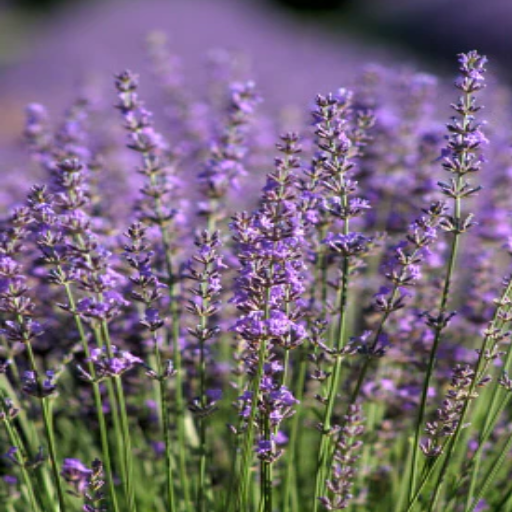
How much epsom salt should you use?
While using Epsom salt in gardening, I follow certain application rates based on the method the crop requirement, and plant condition.
- For Soil Application: I apply approximately 1 tablespoon of Epsom salt for every square foot of soil over which it is thoroughly mixed during soil preparation tillage. For large areas, I apply 1 cup of Epsom salt for every 100 square feet, especially in sandy soils or soils low in nutrients.
- For Foliar Spray: I mix 1 tablespoon of Epsom salt with 1 gallon of water. This mixture is sprayed on the leaves of the plants in the early morning or late in the afternoon to avoid burning of the leaves and to ensure optimal absorption of the nutrients.
- For Potted Plants: I use 1 teaspoon of Epsom salt per gallon of water. This is normally done every for 4 to 6 weeks depending on the type of plant and visible signs of deficiencies.
Such amounts are given for magnesium and sulfur fertilization and are based on broad horticultural advice. Changes must always be performed according to the soil and plant requirements as shown by adequate testing and observation.
Are there any risks of overuse?
Indeed, several dangers accompany both soil and femoral application of Epsom salts. Soils can become nutritionally unbalanced, which is bad for plants. For instance, the presence of high magnesium concentration may hinder the absorption of other vital nutrients like potassium and calcium. Moreover, excessive use of Epsom salts may lead to the accumulation of magnesium salts in the soil in the low permeable regions, which in turn leads to salt problems where the soil loses its productivity and structure, making it difficult for plants to survive.
- Soil magnesium concentration: The optimum concentration of magnesium in a soil is between 50 – 120 ppm (parts per million). Antagonistic effect will occur if that range is crossed.
- Frequency of application: Powdered foliar fertilizers should not, in any circumstance, exceed the suggested dilution of 1 tablespoon per gallon. Moreover,r the application should be no more than every 4-6 weeks due to the risk of leaf scalding.
- Drainage conditions: Do not over-apply Epsom salts for soils that do not drain well because it results in anaerobic condition for the plants and salt accumulation. Sandy soils may be able to sustain more soluble ions, but still, close monitoring is necessary.
To avoid these problems and make sure that changes are fitting to particular conditions of the soil and plant requirements, proper observation and soil testing is important.
Reference sources
Frequently Asked Questions (FAQs)
Q: What are the benefits of using Epsom salt in the garden?
A: Epsom salt, also known as MgSO4, can provide magnesium and sulfur, essential nutrients that help plants grow. It can improve nutrient uptake and help plants bloom more effectively.
Q: Is Epsom salt good for all types of plants?
A: While Epsom salt can be beneficial for many garden plants, it’s particularly helpful for plants that require a lot of magnesium, such as tomatoes and peppers. However, it may do more harm than good unless your soil specifically needs these nutrients.
Q: How do I apply Epsom salt to my garden bed?
A: You can mix Epsom salt with water and spray it on the foliage or add it directly to the soil. For a garden bed, a common practice is to mix 1 tablespoon of Epsom salt with a gallon of water and apply it once a month.
Q: Can I use Epsom salt on my house plants?
A: Yes, Epsom salt can be used for house plants as well. Mix a teaspoon of Epsom salt with a gallon of water and use it to water your plants every few weeks to provide them with the necessary micronutrients.
Q: Are there any risks associated with using Epsom salt in the garden?
A: Overuse of Epsom salt can lead to soil imbalances, which may harm plants rather than help them. It’s important to test your soil first to ensure it needs magnesium and sulfur before adding Epsom salt.
Q: Can Epsom salt help with pest control in the garden?
A: While Epsom salt is not a pesticide, it can deter certain pests because of its scent and texture. It is not a substitute for regular pest management practices.
Q: How does Epsom salt compare to table salt in gardening?
A: Epsom salt and table salt (sodium chloride) are chemically different and serve different purposes. Table salt is not recommended for gardening as it can harm plants, while Epsom salt can provide beneficial nutrients.
Q: Can Epsom salt be used in compost?
A: Yes, adding a small amount of Epsom salt to compost can enrich it with trace minerals like magnesium and sulfur, which can benefit the overall nutrient content of the compost.

